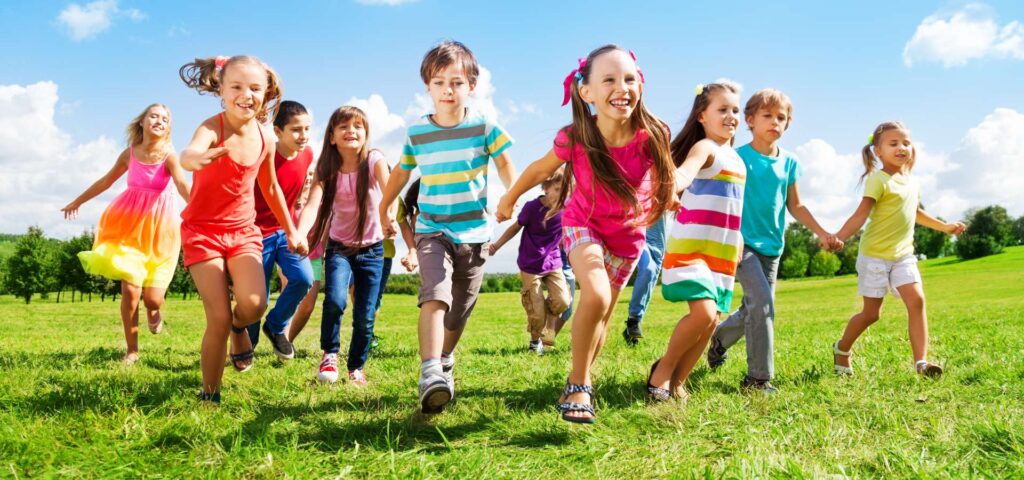
Are schools prepared to support students’ mental health in a post COVID society? Teaching the whole child is not a new concept. Some may call it holistic education or even social-emotional learning. Whatever you desire to call it, it is clear schools have a major obligation to do more than educate students. Schools are here to prepare students to be productive members of society, and that takes more than academics.
Before educators can support the needs of the post-pandemic child, we need to understand what the post-COVID child looks like. During the pandemic, children endured long periods of isolation, inactivity, and a lack of peers’ engagement. Teachers have been repeating themselves like never. That is only the beginning. With extended periods of online, virtual interactions, children are missing out on real-world intercommunication.
There are positives and negatives in all situations, but COVID has surely increased childhood trauma. With the loss of many loved ones since the beginning of the pandemic, adjusting has been difficult. Processing the loss of a loved one could be devastating. Unfortunately, with the loss of millions of people all over the world since the beginning of the pandemic, it is easy to say everyone has lost over one person during this time.
Children are witnessing their grandparents, parents, siblings and other intermediate family members pass away all within a year or two. The grieving process has five stages: denial, anger, bargaining, depression, and acceptance. Denial and isolation can last anywhere from hours or weeks, leaving individuals emotionally shut off from the world. The anger stage can last anywhere from a day to months. Individuals become frustrated, aimless, and disorganized thoughts. Bargaining is the next stage, which has been shorter than others. Individuals have brief moments of clarity. Once people begin to think clearly, depression sets in. It may come and go, but the life change becomes a reality. After a month or even a year, finally, there is acceptance.
When grieving for losing one person can take a year, is it possible to process the loss of several immediate family members simultaneously in one year? Long-term effects of trauma include extreme anger or sadness, emotional outburst, sleeping problems, or even PTSD.
The post-pandemic students are not the same as the student before the pandemic; honestly, how could they be? These students are dealing with situations that not even their parents have had to endure. The post-pandemic child may need more support than students in previous school years do. The pandemic may affect students in lower-income communities more. With a lack of the materials needed to navigate their way through this period; widening the learning and emotional developmental gap. With teachers feeling the burn of making ends meet, it may take more than the teachers to fix this growing problem.
A study conducted by Tim Presley, Cheyeon Ha, and Emily Learn focused on teachers’ stress and anxiety levels. In The study, they surveyed over 300 teachers within the first month of returning to the schools. All teachers reported the increased stress brought on from online teaching and increased responsibility. According to Education Week, 84% of teachers are saying teaching is much more stressful now than ever before. It’s no wonder schools are having a hard time filling the roles.
With limited counselors in each school district, how will schools support the students’ mental health? Teachers are already feeling the burden of additional roles and responsibilities. Who will take on the challenge?
